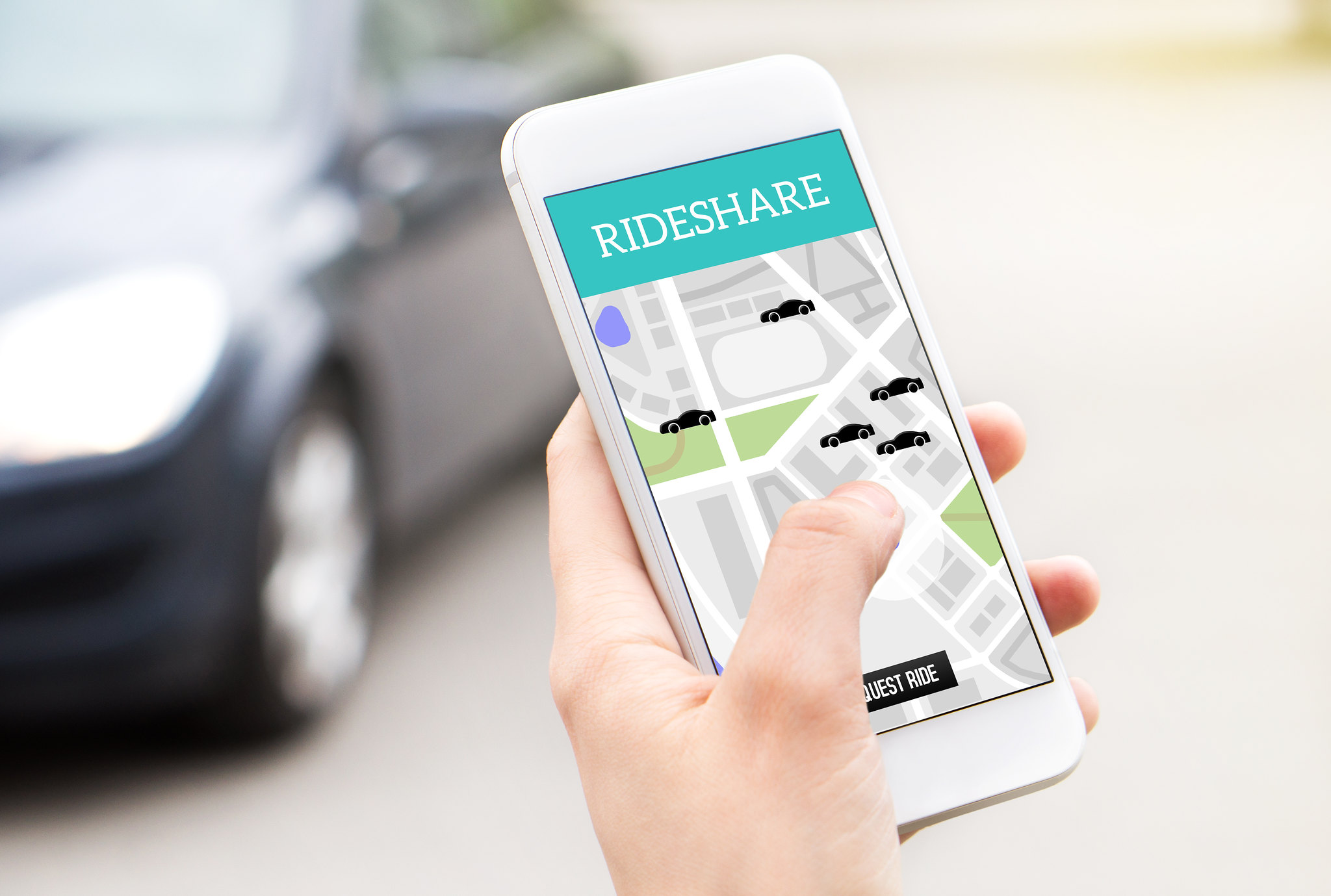The Navigation Data Standard Initiative (NDS) is an industry group of vehicle manufacturers, navigation system providers, and map data providers whose goal is to standardize the data format used in vehicle navigation systems and to enable map updates. The NDS began in 2004 and became a registered association in 2009. Standardization would improve interoperability, in particular by allowing the use of the same navigation maps in navigation systems from 20 manufacturers. The participating companies are BMW, Volkswagen, Daimler, Renault, ADIT, Aisin AW, Alpine. Electronics, Navigon, Navis-AMS, Bosch, DENSO, Mitsubishi, Harman International Industries, Panasonic, Preh Car Connect previously TechniSat, PTV, Continental AG, Clarion, Navteq, Navinfo, TomTom and Zenrin.
Media
The road database can be stored in solid state permanent memory (ROM), optical media (CD or DVD ), solid state flash memory, magnetic media (hard drive ) or a combination of these. The general scheme is to have a permanent storage in ROM, which can be supplemented with detailed information for the region of interest to the user. The ROM is always programmed at the factory; the other media can be pre-programmed, loaded from a CD or DVD via a computer or a wireless connection ( Bluetooth, Wi-Fi ) or directly using a card reader.
Some navigation device manufacturers provide their customers with free map updates. These updates can often be obtained from the supplier’s website, which can be accessed by connecting the navigator to a PC.
Real-time data
Some systems can receive and display congestion information via TMC, RDS, or via GPRS / 3G data transmission via cell phones.
In practice, Google has updated Google Maps for Android and iOS to alert users when a faster route becomes available in 2014. This change helps integrate real-time data with information about more distant parts of the route.
Integration and other features
The color LCD screens in some in-car navigation systems can also be used to display TV shows or DVD movies.
Some systems integrate (or interface) with cell phones for hands-free conversations and SMS messaging (i.e., using Bluetooth or Wi-Fi ).
In-car navigation systems can include personal information management for meetings, which can be combined with traffic and public transportation information systems.



